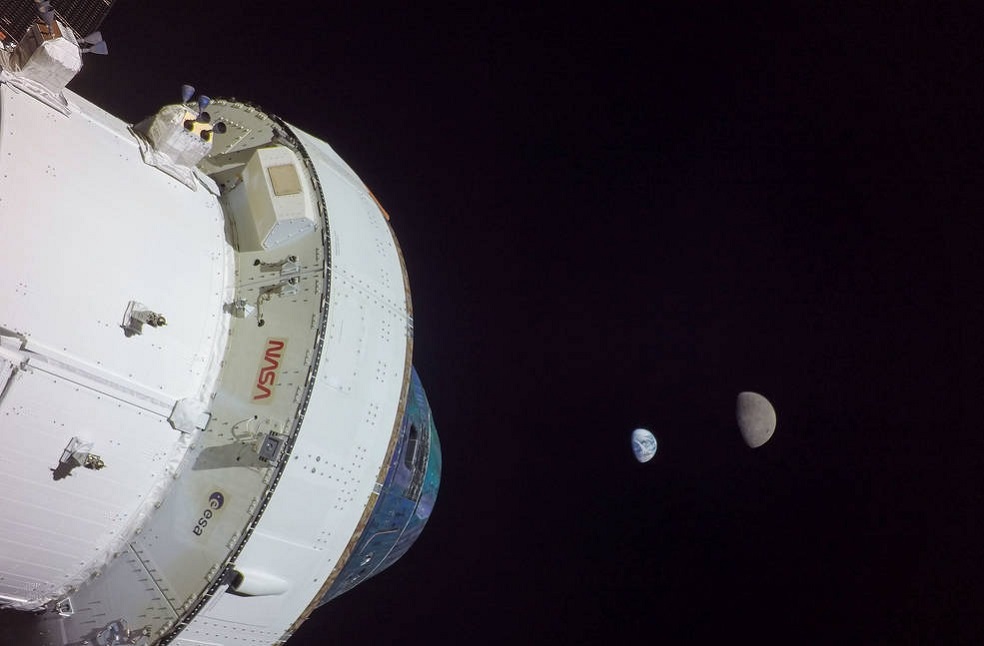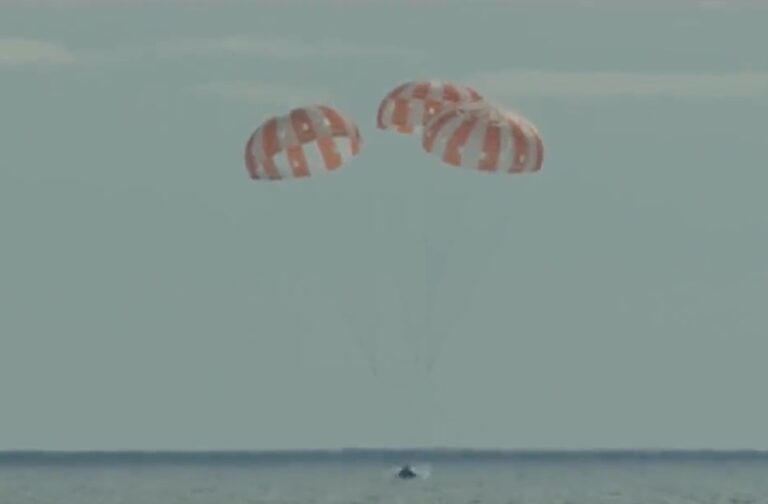California, US: NASA’s next-generation Orion spacecraft has returned to Earth after a 26-day mission that included a historic voyage around the moon.
According to officials, The uncrewed spacecraft had a “picture-perfect splashdown” in the Pacific Ocean off San Diego. The return of the spacecraft marked the end of NASA’s Artemis I test flight, which served as the agency’s key initial launch and expedition of its new mega-rocket and space capsule for trips to the moon.
.@NASA_Orion is back, and with it are our test manikins: Commander Moonikin Campos, Helga, and Zohar, who have been collecting data on what future #Artemis astronauts will experience during the flight.
Not to mention Snoopy, our zero-gravity indicator. https://t.co/bCHfJRHBJO pic.twitter.com/iHKvwZjMWD
— NASA (@NASA) December 11, 2022
“This is an extraordinary day. It’s historic because we are now going back into space, into deep space, with a new generation,” NASA Administrator Mr. Bill Nelson remarked.
The last humans to set foot on the moon were astronauts on NASA’s Apollo 17 mission, which took place exactly 50 years ago today.
“A new day has dawned, and Artemis generation is taking us there,” Mr. Nelson further stated.
The Orion spacecraft returned breathtaking images and videos of the lunar surface throughout its weeks-long mission, as well as dramatic “selfies” of the spacecraft and the moon with Earth in the background. The Artemis I test mission was touted by NASA as laying the foundation for sending American astronauts back to the moon. It’s also a crucial first step towards the exploration of Mars in space.

Artemis I was created to test both the massive Space Launch System rocket that launches the Orion spacecraft into orbit and the capsule itself. The Apollo program’s iconic Saturn V rockets, which NASA used to launch humans to the moon more than 50 years ago, are more powerful than the 322-foot-tall launcher.
The Artemis I voyage had no humans on board, but subsequent test missions — like the Artemis II expedition, which is slated to take place somewhere in 2024 will feature astronaut passengers. According to agency officials, Orion passed through the atmosphere at a blazing 25,000 mph, exposing the heat shield to temperatures as high as 5,000 degrees Fahrenheit.
NASA plans two more Artemis test flights before it launches regular missions to the moon to establish a lunar base camp, as per the reports.



